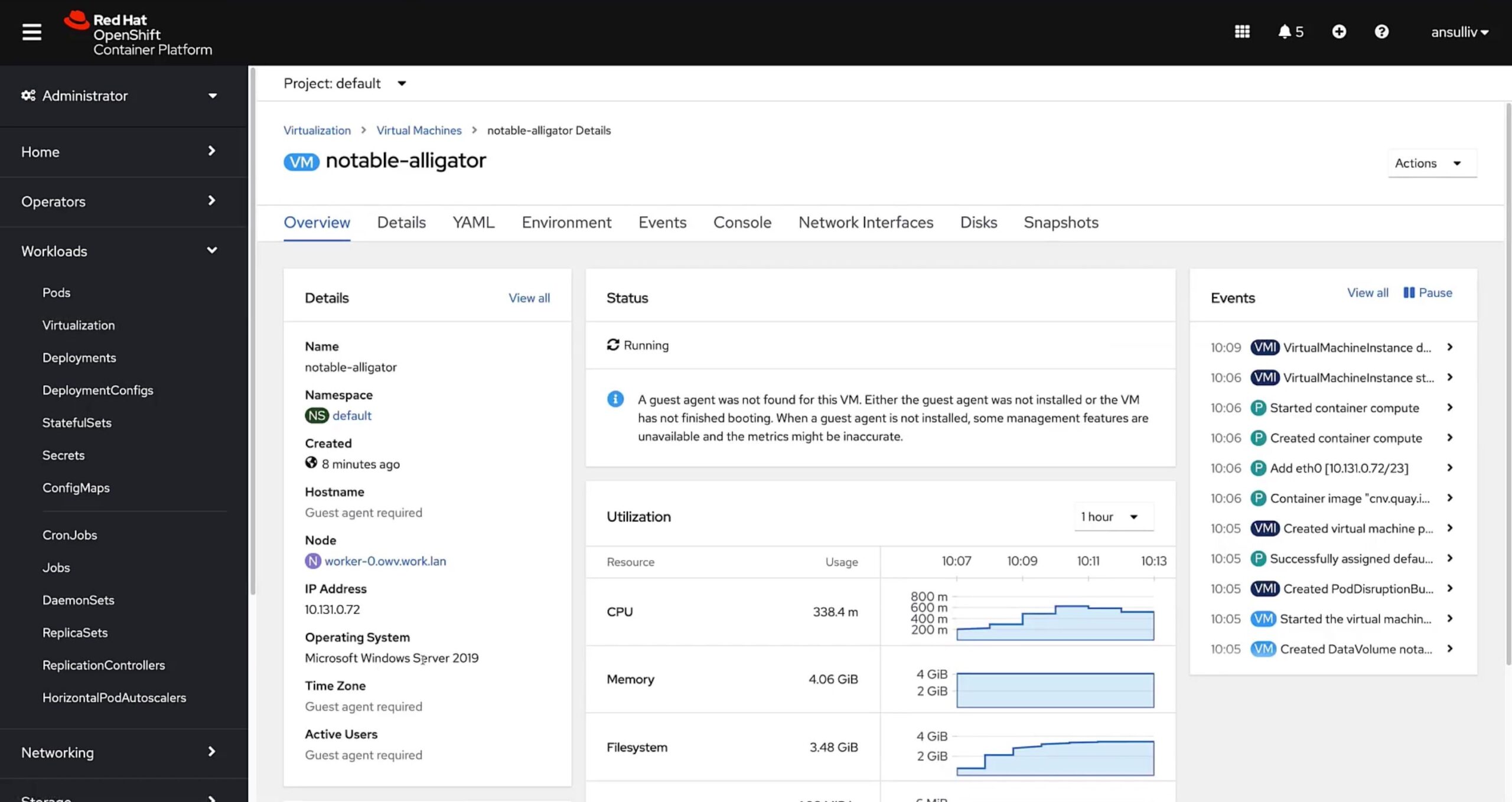Red Hat Simplifies Running Monolithic Apps on Kubernetes Clusters
Red Hat this week made generally available a Red Hat OpenShift Virtualization Engine (OVE) platform that IT teams can use at a lower cost to deploy monolithic applications designed for virtual machines on a Kubernetes cluster.
At the same time, Red Hat is adding a Red Hat Advanced Cluster Management for Virtualization, an instance of Red Hat Advanced Cluster Management for Kubernetes that has been optimized to manage the lifecycle of virtual machines running on the Kubernetes cluster.
While Red Hat has been making use of open-source Kubevirt software to enable virtual machines to be deployed on Red Hat OpenShift for several years, Red Hat OVE provides access to a streamlined addition of the platform that is designed to only run monolithic applications.
Andrew Sullivan, senior manager for the Red Hat Hybrid Platforms Business Unit, said that option makes it possible for organizations to migrate monolithic applications off of a platform such as VMware without having to master additional skills such as building and deploying cloud-native applications. That approach then enables those organizations to embrace microservices-based applications at some later date by, for example, refactoring a monolithic application designed to run on a virtual machine, he added.
Red Hat also provides IT teams with the option of making a warm migration that moves workloads to Red Hat OVE in phases, or a cold migration approach that migrates workloads all at once, noted Sullivan.
IT teams will still need to convert monolithic applications to the Kernel-based virtual machine (KVM) that Kubevirt is based on, but Red Hat previously made available a toolkit to automate that migration. Red Hat also provides access to a Virtualization Migration Assessment workshop through which it helps IT organizations assess business drivers for making those migrations.
It’s not clear to what degree organizations are actively migrating monolithic applications to other platforms since Broadcom acquired VMware, however, changes to the way Broadcom licenses those platforms have resulted in more organizations considering their options. The challenge is determining to what degree those migrations reduce costs given the effort required to adopt a new platform. Red Hat is attempting to address those concerns by making available an edition of Red Hat OpenShift optimized to run those applications at a lower cost than the full edition of Red Hat OpenShift.
Additionally, Red Hat OVE integrates with Red Hat Ansible Automation Platform to reduce the total cost of managing virtual machines.
There is, of course, always an argument to be made for rationalizing platforms. Each platform an IT organization needs to manage invariably increases the total cost of IT, which in part explains why there is a growing interest in platform engineering as a best practice for managing DevOps workflows at scale.
The challenge, as always, is getting the various factions within the IT organization to come to some type of consensus on just how many platforms are actually required. As every IT professional well knows, that decision can be driven as much by cultural preferences as it is economics.



